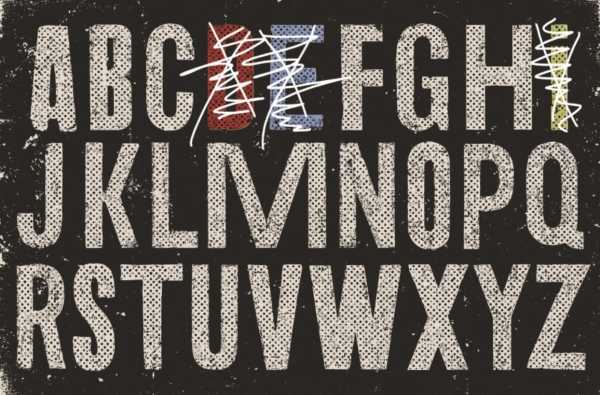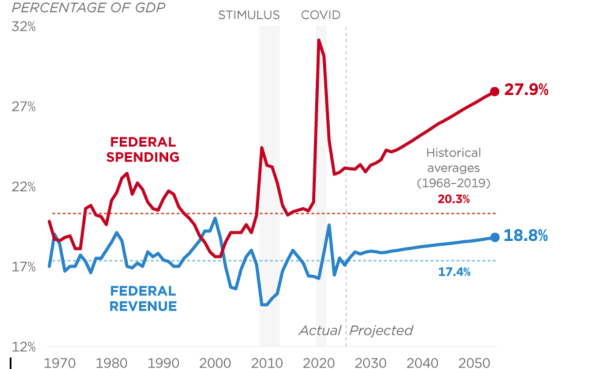Westminster students explore interests in internships
While most students devoted their summers to sleeping, vacationing at the beach, or preparing for the return of school, several Westminster students poured their passions into various internships. Setting the example for all of us, these enterprising students worked extensively in the fields of media, robotics, computing and more.
In response to the growing desire among students to apply their classroom interests extracurricularly, Westminster introduced the summer internship program in 2010. Upper School dean of academics Chanley Small became the program’s key proponent, identifying the need for such a program after spending five years herself at Emory studying epidemiology.
“Learning about science is not always the same thing as doing science, so I was looking for opportunities to show students how scientists problem-solve in the real world,” said Small.
Three particular students who took advantage of these opportunities this year were seniors Caroline Levenson, Jamal Hashim, and Adam Liang.
Levenson served as a research intern at the Interactive Media Technology Center at Georgia Tech. There, she developed virtual and augmented-reality software for Emory Hospital. In addition, she designed computer graphics for a mobile application used by Children’s Healthcare of Atlanta and modeled a 3D bathroom using SketchUp software. Levenson especially appreciated the opportunity to immerse herself in such a unique environment of professional work combined with creativity.
“I worked in a science lab at Georgia Tech. The people were really great, especially my boss, Professor Wilson,” said Levenson. “I presented some of my work to doctors at Emory Hospital, and it was awesome being able to use their equipment. We used lots of virtual and augmented reality glasses.”
While on the surface, the idea of a virtual-reality-focused internship may seem trivial, the experience also presented numerous challenges to Levenson.
“It was pretty difficult to be thrown into projects without knowing how to use the game development software, but I learned how to use it as the time went on,” said Levenson. “Eventually, I learned how to use Unity, a game development software, and SketchUp.”
Other students took their talents elsewhere, such as Jamal Hashim who worked at a web development company called Arke. There, he learned what a typical web developer’s life is like as he worked a grueling eight hours daily in his cubicle.
“It was overall very challenging, since my internship was almost completely independent,” said Hashim. “I was left to myself to come up with the best possible version of what I was assigned to create, which was a chatbot for one of their websites, with little instruction or direction.”
As with most rigorous extracurricular programs, Hashim’s internship at Arke provided him insight into many of the valuable skills needed to succeed in a working environment.
“The biggest skill I gained, aside from extra coding experience, was independence and being forced to be proactive,” said Hashim. “I had no one to really help me, and although I couldn’t have gotten fired, I would have disappointed my boss if I hadn’t gotten my work done and not have been asked to return to the company later.”
While Hashim recognizes that his experience may seem mundane to potential interns of the future, he still contends that the opportunity to apply his academic knowledge and gain unique work experience makes the program invaluable.
Finally, Liang interned at the Precision Machining Research Consortium under doctor Thomas Kurfess of the Mechanical Engineering department Georgia Tech. He worked as a paid intern to research machining processes and the specific development of a Computer Aided Machining Software (CAM). He researched with state-of-the-art Computer Numeric Controlled (CNC) multi-axis machine tools used to machine parts through different manufacturing processes. Before he could truly contribute to the CAM software development, Liang had to spend three whole weeks learning how to code in the Python and MATLAB languages. By the end of the internship, Liang had created a tools customization plugin that will soon be integrated into the actual software.
“My favorite part of my summer internship was being able to work with large, industrial CNC machines that cost upwards of $800,000,” said Liang. “These gigantic titans could do almost any manufacturing processes that our lab envisioned.”




